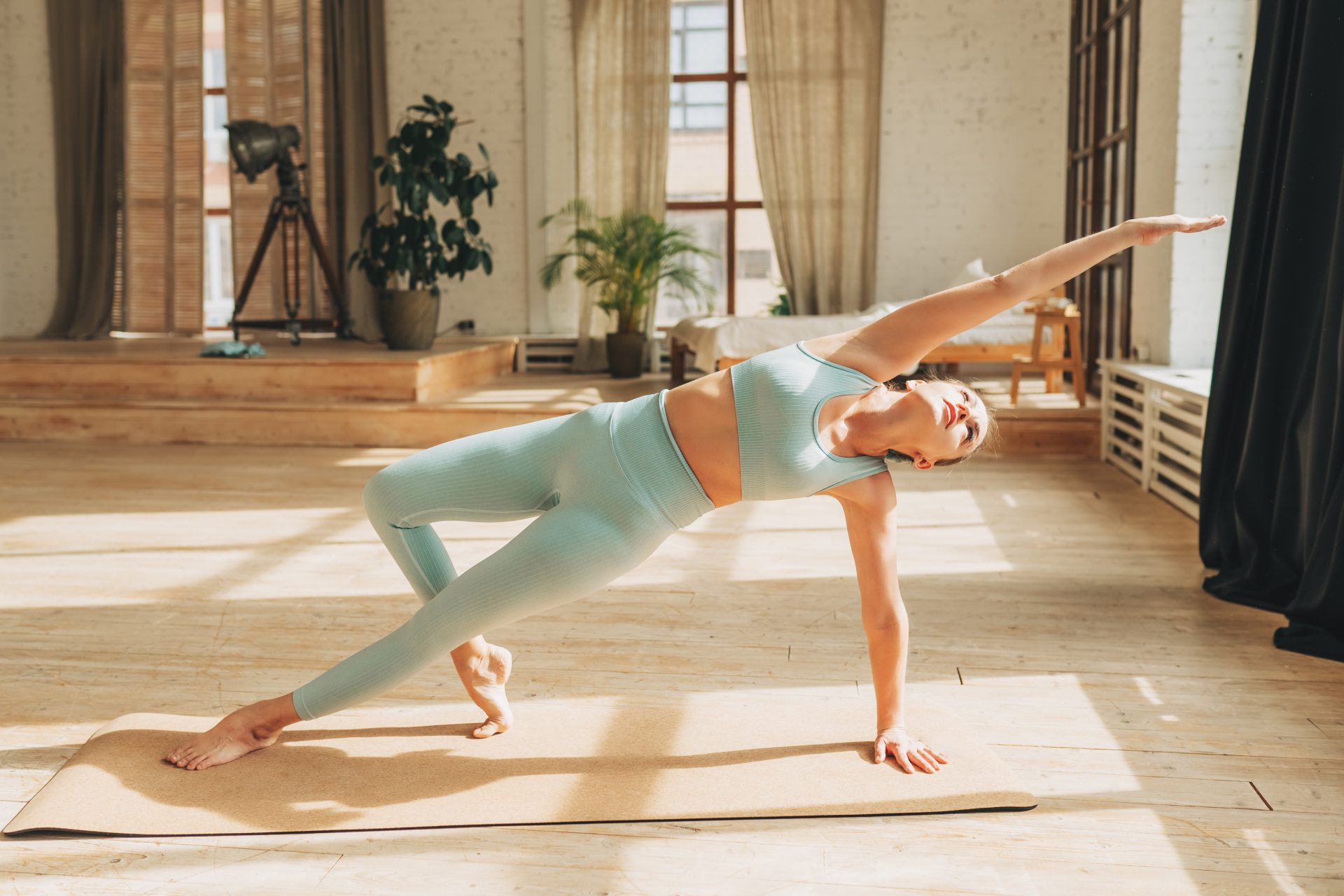Ever found that you’re slightly uncomfortable *down there* post workout? Then you need to have a read of this.
Ahh, vaginas. They’re incredible, self-cleaning machines and the source of much pleasure, but they’re also at the root of a lot of pain and discomfort – especially when it comes to fitness. You probably don’t think about your vagina or vulva at the gym too much. We’ve got our hygiene routine in place for sex, but who really stops to think about the impact a workout might have on their nether regions?
Perhaps that’s something we could all do with working on as we move into a new year. The last thing anyone needs in January is an infection or bruising to provide yet another barrier to exercise. It’s worth noting that some women live with recurrent UTIs and cystitis, buy orlistat without prescription z and those conditions probably aren’t caused by sweaty leggings or too-vigorous workouts – but they could exacerbate symptoms. For the rest of us, it’s about maintaining a healthy vaginal pH and making sure that we feel comfortable before, during and after exercise.
With that in mind, we’ve been asking Valentina Milanova, founder of Daye, a gynaecological health company that is committed to raising the standards in gynae health, for the most common vaginal mistakes many of us make in our pursuit of fitness.
You may also like
The vaginal microbiome is our first line of defence in protecting vaginal health – here’s how to take care of it
Not wearing moisture-wicking workout clothes with a cotton crotch
You’ve got a favourite pair of leggings. They’re totally sweat-proof, comfy and – best of all – don’t smell. But sweat-proof clothing is probably the last thing you want to work out in; if your clothes repel moisture, that’s just going to sit next to your skin… festering.
“Synthetic fibres like lycra and nylon can trap heat and moisture, which encourages bacteria to thrive. Any material that wicks away moisture discourages bacteria from breeding and reduces your risk of developing infections. And while we appreciate that no one loves a visible panty line (VPL), cotton undies really are the best for exercise – especially if you’re prone to vaginal issues,” Milanova explains.

Staying in the same clothes when you don’t have time to shower
I cycle everywhere, and when I get to the office, the first thing I do is change outfits in the bathroom – right down to my pants. Why? Because even though I’m not sweaty enough to shower (and don’t have the time to have one post-commute), I know that staying in slightly damp clothes is going to lead to trouble.
Milanova says not showering after a class or workout is fine: “It’s the prolonged exposure to moisture that can tip your vaginal flora into infection territory.” So even if you don’t shower fully, she recommends allowing your vagina to dry off thoroughly, including changing your underwear.
When you do get to a shower, she recommends that you “avoid antibacterial washes or anything with perfume, as these can disrupt your vaginal PH”. Our first fitness resolution of 2021? To always carry a spare pair of underwear in our workout bag.
You may also like
Should you shower immediately after a workout? This is how long you should wait to wash after sweating
Thinking that gut supplements only affect digestion
“Probiotics are a great way to help look after your vaginal health, whether you’re prone to vaginal infections or not,” Milanova says. “Most people are familiar with probiotics for gut health. Much like your gut, your vagina is home to billions of bacteria (some good, some bad), and these make up your vaginal microbiome. When there aren’t enough good bacteria, you’re at greater risk of infections like STIs, thrush and BV (bacterial vaginosis).”
Your best bet is to eat a couple of portions of fermented foods a day, as they tend to be rich in probiotics that will feed your gut bacteria. For example: yoghurt, kimchi, sourdough bread and some cheeses.
Failing that, think about taking a probiotic designed to boost the levels of good bacteria and enhance your vaginal microbiome. Brands likeProViotics can be taken orally for maintenance or vaginally if you’re prone to infection.
Having spin bike seats at the wrong height
Spinning is probably the most fun you can have sober… and it’s also a great cardio workout. But Milanova warns that the increased exposure to vaginal pressure, heat and moisture can mean that it increases the risk of recurrent vaginal infections.
“If you don’t want to wave goodbye to the bike, make sure you’re wearing cotton underwear and washing as soon as you can post-spin. The height and type of the seat are also important; the pressure needs to be transferred to the sit bones rather than the labia, and sitting in a more upright position can also help.”
Putting too much pressure on your vagina
We’re always banging on about the fact that you should be mixing up your workout to get the most out of it. But it’s not just your muscles that’ll thank you – it’s also your vagina.“If you’re prone to vaginal infections, switching up your exercise routine can be a good way to minimise your risk of infection.”
She suggests switching between running, HIIT and cycling rather than just sitting on the Wattbike. Lower-intensity workouts such as yoga and pilates are also great because there’s less sweat being produced.But even after a yin yoga sesh, she recommends changing your underwear.
Images: Getty
Source: Read Full Article
